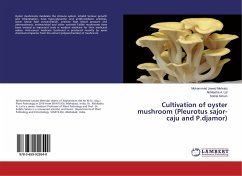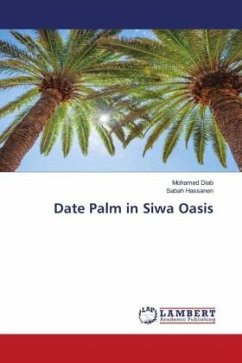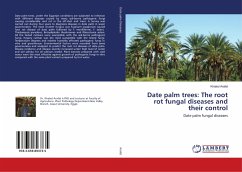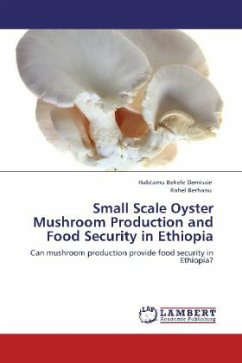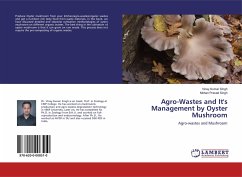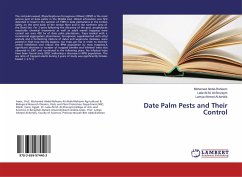Pakistan is an agricultural country and the economy of Pakistan is generally dependent on the agriculture. Oyster mushroom as a food is the third major cultivated mushroom. Fungus is used as food for human consumption, it is a rich source of protein contents ranges and vitamin C and B complex. In developing countries when meat sources are limited than mushrooms is a good dietary source of protein. For the cultivation of oyster mushrooms, numerous agricultural waste materials are used as a substrate. Date palm parts are used as animal feed, manifested feedstock such as cellulose and hemicelluloses and to improve soil organic content. In different parts of date palm such as stalk, fruit, leaflets, midrib and bases high percentage of lignin and cellulose are present. For the cultivation of oyster mushroom these parts are used as substrate due to low cost. The objectives of this study were collection and preparation of substrate, The relative development of pin head, fruiting body and no. of fruiting bodies and the yield performance and biological efficiency of these substrates.

